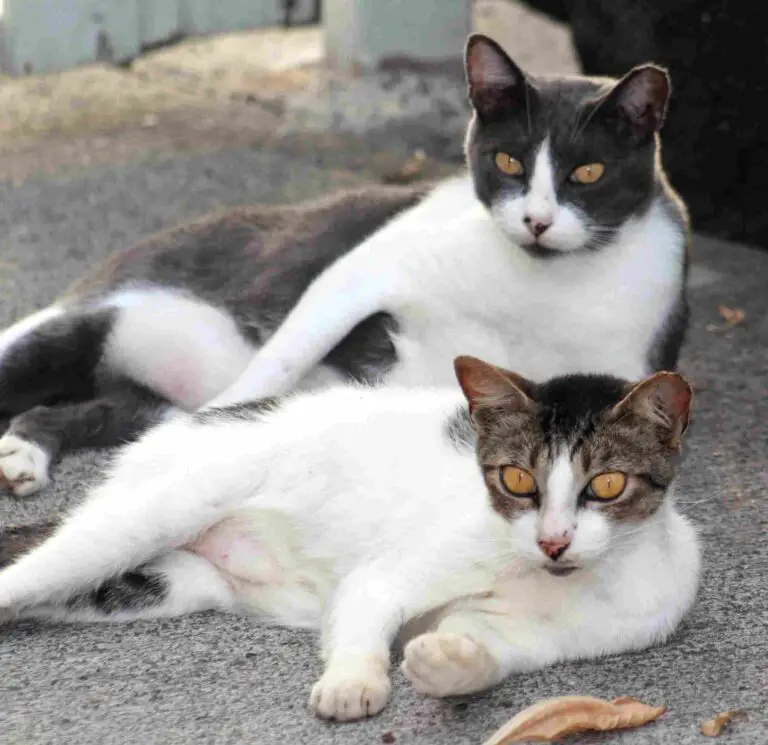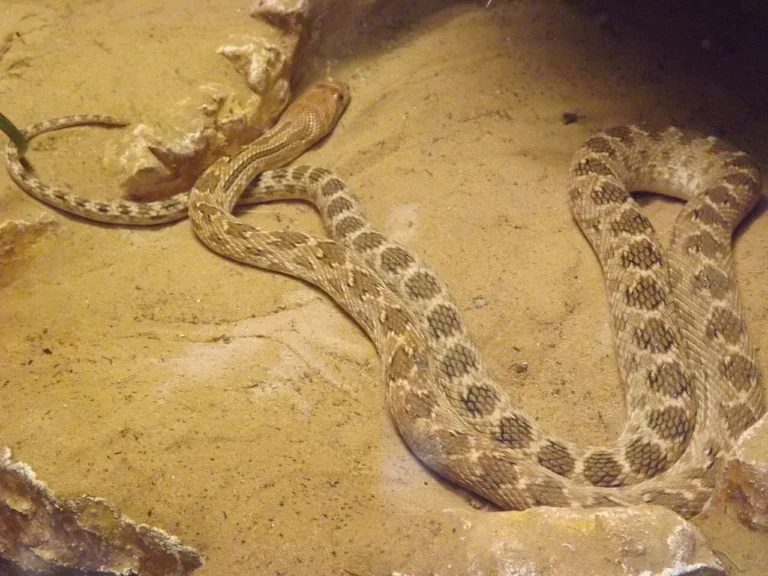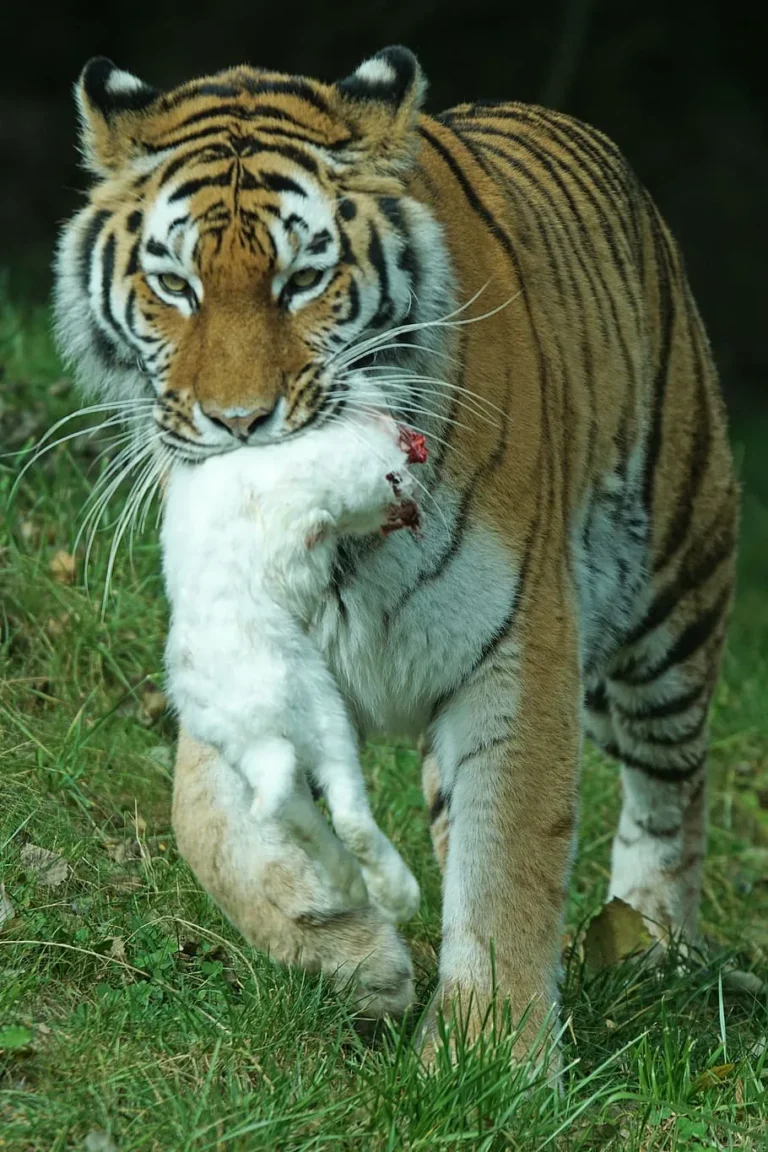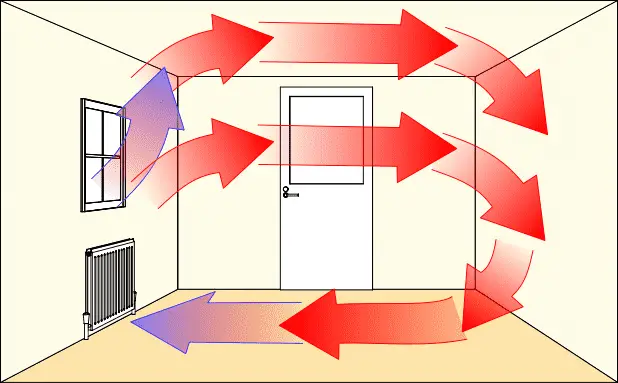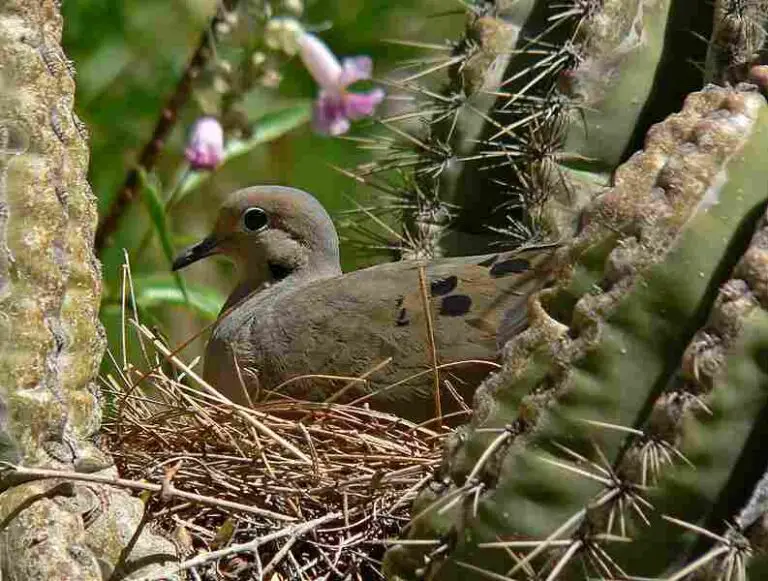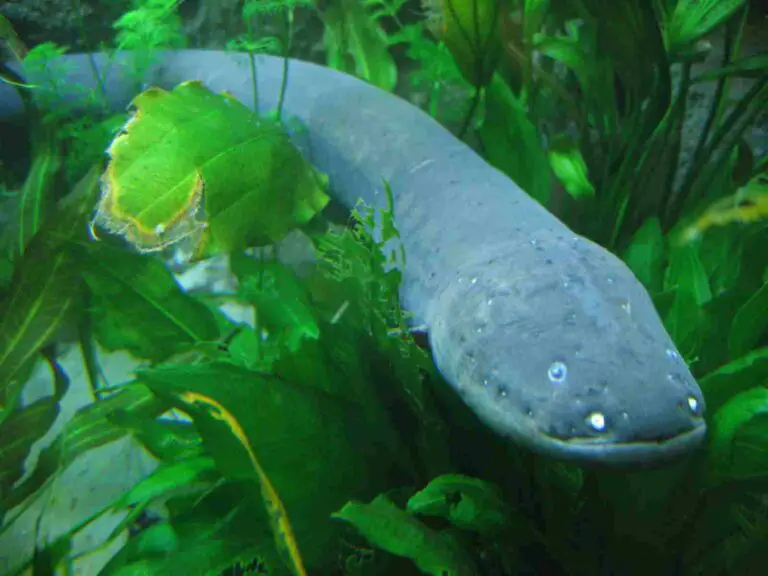Rotational Grazing Definition, Context and Advantages Explained
Rotational grazing is a method of sustainable farming whereby grazing cattle are periodically and sequentially shifted around the sections of pastoral land, to reduce the risk of erosion, desertification, soil infertility, and other problems associated with overgrazing. This article discusses rotational grazing definition, context and advantages, as outlined below;
-Rotational Grazing Definition: 4 Ways to Define Rotational Grazing
-Rotational Grazing as an Example of Integrated Sustainable Farming
-Advantages of Rotational Grazing
Rotational Grazing Definition: 4 Ways to Define Rotational Grazing
Rotational grazing is a sustainable agricultural practice that involves the sequential shifting of cattle across paddocks or segments of grazing pasture, to prevent depletion of vegetation and improve cattle health [2].
The above implies that rotational grazing is planned and practiced according to the principles of sustainable agriculture, which generally aim to mitigate environmental degradation, waste energy release, and resource depletion.
Below is another rotational grazing definition which portrays the concept as one of the types of grazing;
Rotational grazing is a type of cattle grazing which is the inverse of continuous grazing, and involves periodically alternating the sections of pastoral land where cattle are allowed to graze.
Alternatively, rotational grazing definition can be made to include the types of rotational grazing, as shown below;
Rotational grazing is a sequential system of cattle grazing that involves planned movements of the herd across a given area of land, and may be any of various types including; simple, rapid, slow, intensive, selective, mob, and integrated grazing.
The rotational grazing definition below highlights the principle and ideology behind rotational grazing;
Rotational grazing is a pattern of cattle grazing whereby pasture is divided into sections or paddocks, based on resource conservation principles, to ensure that vegetation is allowed to regrow between cycles of grazing [1].

Some benefits of rotational grazing are mentioned in the rotational grazing definition below;
Rotational grazing is a sustainable method of grazing that involves moving cattle across various units or sections of a pastoral land; with benefits such as soil conservation, rapid forage regrowth, increase in cattle productivity per acre of pasture, and mitigation of environmental impacts.
Rotational Grazing as an Example of Integrated Sustainable Farming
Rotational grazing is an example of integrated sustainable farming, which aims to synchronize the biotic and abiotic components of agricultural systems, with those of the natural ecosystem.
The concept of rotational grazing is similar to that of crop rotation, composting, bioenergy and biofuel production, and all sustainable farming practices that involve some form of material-recycling and energy conservation.
It also shares similar objectives with these practices, including the establishment of sustainability in the use of resources on the farm.
Rotational grazing can be practiced within the context of other sustainable agricultural principles and practices such as biodynamic farming, permaculture, integrated crop-livestock management, and organic farming.
Advantages of Rotational Grazing
The ultimate goal of rotational grazing is ecologic sustainability, through systematic resource conservation.
Advantages of rotational grazing include; soil fertility increase, high forage regrowth rate, lower greenhouse emissions, less wastage of resources, mitigation of erosion and desertification risks, effective monitoring, consistent grazing, and cattle health optimization.
Conclusion
Rotational grazing is a sustainable agricultural system whereby cattle are shifted or moved across sections of pasture to protect the environment and increase productivity.
It is an example of integrated sustainable farming, and is closely linked to other sustainable farming practices like crop rotation, organic farming, permaculture, and biodynamic farming.
Advantages of rotational grazing are;
1. Soil fertility increase
2. High forage regrowth rate
3. Lower greenhouse emissions
4. Less wastage of resources
5. Mitigation of erosion and desertification risks
6. Effective monitoring
7. Consistent grazing
8. Cattle health optimization.
References
1). Chen, M.; Shi, J. (2017). “Effect of rotational grazing on plant and animal production.” Mathematical biosciences and engineering: MBE 15(2):393-406. Available at: https://doi.org/10.3934/mbe.2018017. (Accessed 13 November 2022).
2). Grandin, T. (2022). “Grazing Cattle, Sheep, and Goats Are Important Parts of a Sustainable Agricultural Future.” Animals 12(16):2092. Available at: https://doi.org/10.3390/ani12162092. (Accessed 13 November 2022).
